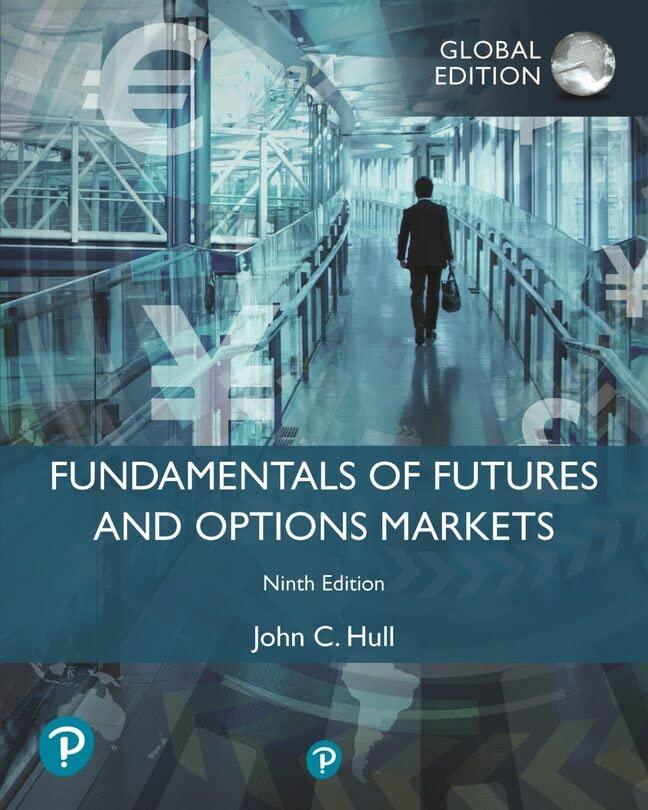Question
Portfolio return and standard deviation Jamie Wong is thinking of building an investment portfolio containing two exchange traded funds (ETFs). Jamie plans to invest $4,000
Portfolio return and standard deviationJamie Wong is thinking of building an investment portfolio containing two exchange traded funds (ETFs). Jamie plans to invest
$4,000
in Vanguard S&P 500 ETF
(VOO)
and
$6,000
in Invesco QQQ Trust
(QQQ).
Jamie has decided to analyze some historical returns to get a sense for her portfolio's possible future risk and return. Six years of historical annual returns for each ETF are shown in the following table:
| Historical return | ||||
| Year | VOO | QQQ | ||
| 2014 | 14.23% | 18.48% | ||
| 2015 | 2.38% | 9.65% | ||
| 2016 | 12.38% | 6.63% | ||
| 2017 | 22.93% | 33.06% | ||
| 2018 | 4.26% | 1.83% | ||
| 2019 | 32.11% | 38.23% | ||
a.Calculate the portfolio return, rp, for each of the 6 years assuming that 40% is invested in
VOO and 60% is invested in QQQ.(Round two decimal places)
b. Calculate the average annual return for each ETF and the portfolio over the six-year period.
c. Calculate the standard deviation of annual returns for each ETF and the portfolio. How does the portfolio standard deviation compare to the standard deviations of the individual ETFs?
d.Calculate the correlation coefficient for the two ETFs. How would you characterize the correlation of returns of the two ETFs?
e. Discuss any likely benefits of diversification achieved by Jamie through creation of the portfolio.
Step by Step Solution
There are 3 Steps involved in it
Step: 1

Get Instant Access to Expert-Tailored Solutions
See step-by-step solutions with expert insights and AI powered tools for academic success
Step: 2

Step: 3

Ace Your Homework with AI
Get the answers you need in no time with our AI-driven, step-by-step assistance
Get Started


